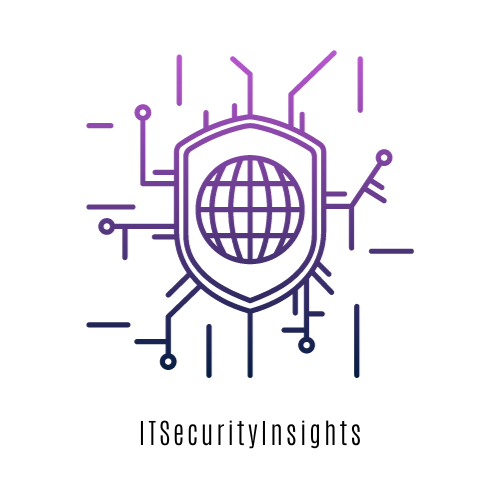Cloud computing promised a revolution—scalability, cost savings, and easy access to data from anywhere. Companies rushed to move critical systems to the cloud, believing it would make them faster and more efficient. But here’s the reality: the cloud is a hacker’s playground if you’re not paying attention.
When you store your data on someone else’s servers, you aren’t just gaining convenience—you’re inheriting new risks. And if you think cloud providers are solely responsible for security, you’re already vulnerable. Let’s break down the real dangers lurking in the cloud and how attackers are exploiting them.
The Cloud’s Achilles’ Heel: Misconfigurations
Imagine leaving the front door of your house unlocked in a high-crime neighborhood. That’s what happens when organizations misconfigure their cloud environments. One wrong setting can expose terabytes of sensitive data to anyone with an internet connection.
Case Study: Capital One Breach (2019)
- A former employee exploited a misconfigured Amazon S3 bucket, gaining access to 106 million credit applications.
- Social Security numbers, bank account details, and personal information were exposed.
- The breach cost Capital One $190 million in fines and settlements.
Misconfigured databases, storage buckets, and access controls are low-hanging fruit for attackers. And trust me—they’re scanning for these mistakes 24/7.
Credential Theft: The Keys to the Cloud Kingdom
In the cloud, credentials are everything. If an attacker gets hold of an admin’s login information, they can access every piece of data and every service—no need for fancy exploits.
How do they steal credentials?
- Phishing attacks: Tricking employees into handing over login details.
- Credential stuffing: Using stolen passwords from other breaches.
- Weak MFA: Exploiting systems that don’t enforce multi-factor authentication.
Case Study: The Code Spaces Disaster (2014)
- Hackers compromised an AWS admin account through phishing.
- They deleted the company’s entire cloud infrastructure, permanently erasing all customer data.
- Code Spaces shut down—completely wiped out by one compromised credential.
Without strict identity verification and least-privilege access, one stolen password is all it takes to bring your business to its knees.
Data Exposure: What You Don’t Encrypt Can Hurt You
Cloud providers offer encryption, but here’s the catch—you have to enable and manage it properly. If you’re storing sensitive data in the cloud without encryption, you’re handing hackers an unprotected treasure chest.
Case Study: Microsoft’s Customer Data Leak (2022)
- A misconfigured Azure blob storage exposed 2.4 terabytes of customer data.
- Internal emails, contracts, and confidential business information were publicly accessible.
- Even tech giants get it wrong—if it happened to Microsoft, it can happen to you.
If data is exposed without encryption, an attacker doesn’t need fancy tools—just a web browser.


Shared Responsibility: The Security Blind Spot
Many organizations assume that once they migrate to the cloud, security becomes the provider’s job. Wrong. Cloud providers secure the infrastructure—but you’re responsible for securing your data, identities, and configurations.
The Shared Responsibility Model:
- Cloud Provider: Physical infrastructure, hardware, and core services.
- You: Access control, data protection, and system configurations.
If you neglect your end, you’re the weak link—and attackers know it.
How to Protect Your Cloud Environment (And Your Business)
Enforce Strong Access Controls
- Implement zero-trust policies: Verify every user and every device.
- Use multi-factor authentication (MFA)—no exceptions.
- Limit admin privileges to only those who need them.
Harden Your Configurations
- Perform regular audits of cloud settings—especially storage permissions.
- Use automated monitoring tools to detect and fix misconfigurations.
Encrypt Everything—In Transit and At Rest
- Ensure end-to-end encryption for sensitive data.
- Use customer-managed encryption keys (CMEK) for full control.
Detect and Respond to Threats Fast
- Set up real-time logging and alert systems for suspicious activity.
- Adopt cloud-native threat detection tools like AWS GuardDuty or Microsoft Sentinel.
The Cloud Isn’t the Problem—Complacency Is
The cloud can be a fortress or a ticking time bomb—it all depends on how you secure it. Hackers aren’t breaking in; they’re logging in through weak spots you didn’t secure.
In the world of cloud security, trust no one—not even yourself. Double-check everything. Because when it comes to the cloud, one mistake is all it takes.


